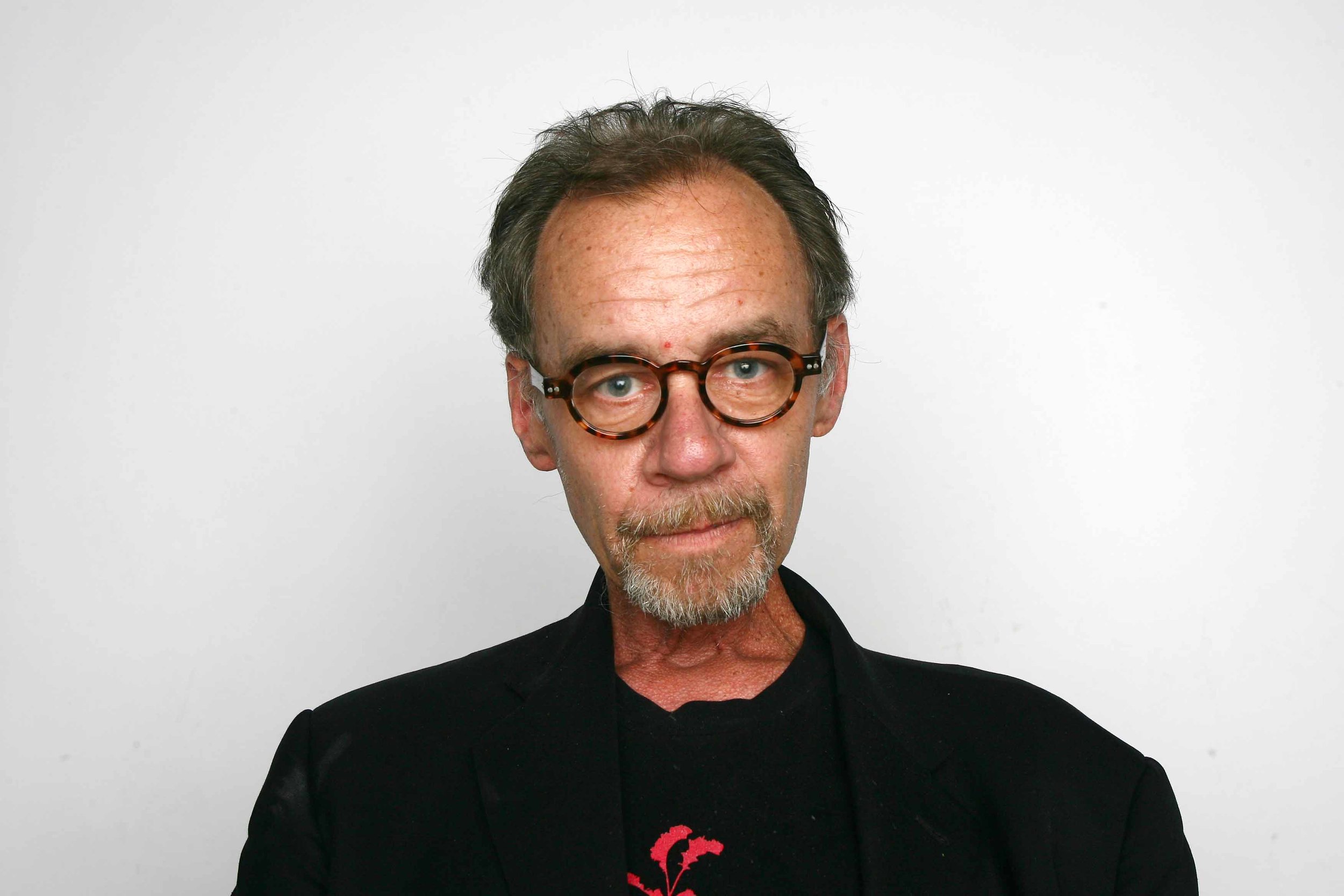Today, it is the premiere wedding site. The metrics are frankly astonishing. Each year, roughly two million marriage licenses are issued in the US—and each year about 1.8 million “wedding events” are registered on The Knot’s database. According to ComScore, The Knot receives five million unique visits a month, more than the next four wedding sites combined. That means 80% of American couples (predominantly brides) planning a wedding visit the site.
But serving this kind of massive female audience wasn’t an obvious internet play at the time Roney and Liu conceived of the business. “The internet was brand new,” says Roney, “and it was all men in those days—sports stats, computer message boards, etc.—so launching anything women-oriented was a stretch.”
Roney and Liu told Quartz about the biggest professional risks they’ve taken. For Roney, it was committing to The Knot as a brand, for Liu, an acquisition the company made shortly after its IPO.
The following has been edited for clarity:
Roney: In hindsight, it seems like a brilliant brand decision, but in 1996, naming our “new way to plan a wedding,” The Knot, was just a risky move made by an amateur. I literally pulled this idea out of thin air. Cool name for the service that will solve all your wedding problems and be different, modern, and fun? The Knot, like “tying the knot.” Simple. It became the first of hundreds on a whiteboard. I had absolutely no experience in branding, but it was the only name I believed in. Not everyone agreed. I had no budget for a focus group, but the informal research I did attempt garnered mixed responses, at best.
“The what? Not? Not what? Oh, with a K. Knot. Oh, OK. Yeah.” Not exactly a homerun. The silent k. The awkward idiomatic reference. Our founding investors at AOL were so against the choice that they held our wire transfer hostage in the hopes we’d change our mind. (They preferred the more literal “Weddings Online”—better for search, they begged.) But I held my breath, dug in my heels, and promised my partners it was perfect. We were headed beyond the internet, and it was the only name that would both differentiate us from all the tired bridal clutter and work when we wanted to brand books, magazines, TV, etc.
This quirky name, with all its faults, could have been the death of us in a search and data-driven world, but it is considered by many to be one of the secrets to our success. It worked. Once people heard it (plus the explanation of course, “…As in Tying the Knot…”) they didn’t forget it, and wanted to tell someone else about it. Eight of 10 couples in America now use our service, and this marketshare was won almost exclusively by word of mouth.
Liu: One of the biggest risks I’ve taken was an acquisition we made right after our IPO. We went public in December 1999 and we were one of the last consumer internet businesses to get out. It was the first internet bubble so we were not profitable with very little revenue, but we managed to get a $150 million valuation and raised $35 million. Most dotcoms back then used their IPO proceeds to feed the beast by either buying traffic or spending breathtaking amounts on advertising. Super Bowl ads were very much in vogue with the newly IPOed dotcom set.
Instead, we used a big chunk of our cash to buy a 12-year-old, money-losing, local magazine business [Weddingpages] in Omaha, Nebraska. I think what made it so risky was that it was universally frowned upon. The equity analysts who covered our stock could not believe we would jeopardize our pure-play digital media multiple by introducing into the mix, a low-margin traditional publishing business—that was losing money to boot.
I remember shareholders would post on the Yahoo Finance message-boards under our stock quote and accuse me of smoking crack. Internally, the difficulty in integrating the business was absurd. I remember the first big meeting post-closing was assembling the 60 local sales people and giving them laptops and our co-founder walking everyone through the steps on how to turn the machines on. Later, when I gave my speech to the group about my belief that one day, the internet advertising they would sell would exceed the print sales, I remember you could hear a pin drop in the room. Most of the salespeople thought I’d lost my mind because back then they gave the internet away for free as value add to sell the print. It was a hard three years, but we were able to generate enough cashflow in three years to pay back the purchase price. Today, our local business accounts for over 70% of the total revenue of our company.









